
A sign of ancient woodland
Barnacle lichen is an ancient-woodland indicator. If you spot it while you're out exploring, it could be a sign you're standing in a rare and special habitat.
Learn more about ancient woodlandLooking like little barnacles growing on tree trunks, barnacle lichen is found mainly on the bark of living trees in ancient woods, and it is indicative of longstanding woodland conditions.
Common name: barnacle lichen
Scientific name: Thelotrema lepadinum
Family: Thelotremataceae
Fruiting season: year-round
Habitat: bark of deciduous trees, often in ancient woodlands
Lichens are organisms formed by the symbiosis of a fungus species and one or more other organisms, most typically an alga.
Thelotrema lepadinum is a crustose lichen, which forms creamy grey-white crusts on the surface of tree bark. It is characterised by its apothecia (the fruit body which produces the spores) as they resemble barnacles.
Not to be confused with: other whitish ‘crustose‘ lichens growing on trees, like the Pertusaria lichens (e.g. Pertusaria hymenea and Pertusaria leioplaca). In the extreme west of the UK, two rarer species of barnacle lichen (Thelotrema petractoides and T. macrosporum) can occur, on smooth bark (like hazel and young ash) in wet oceanic woodlands.
Barnacle lichen can be found throughout the UK and Ireland, and particularly in areas with more ancient woodland. It is most frequent in well-wooded parts of southern and southwest England, Wales and the Welsh Marches, northern England and Scotland. Look closely at tree trunks in old woodlands in these areas.

Barnacle lichen is an ancient-woodland indicator. If you spot it while you're out exploring, it could be a sign you're standing in a rare and special habitat.
Learn more about ancient woodlandAt a whopping 130 micrometres long, the spores of barnacle lichen are considered to be very large! Because of this, they're considered good indicators of ancient woodland since their spores don't move very far.
Lichens play an important role in the ecology of woodlands. Lichens on trees provide important microhabitats, shelter and food for various small invertebrates. These in-turn are prey for larger insects and birds.
They can also be hosts for other species of parasitic fungi. Lichens also provide many other ecosystem services such as carbon cycling and water retention.
Although barnacle lichens probably have no known uses, lichens have been used throughout history as sources of food, medicine and as a dye.

Blog
Kylie Harrison Mellor • 24 Apr 2019
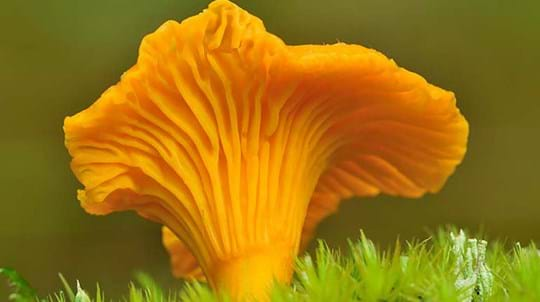
Trees woods and wildlife
A dazzling array of shapes, sizes and colours. Find out about fungi and lichens, from ancient taboos to magic and medicine.
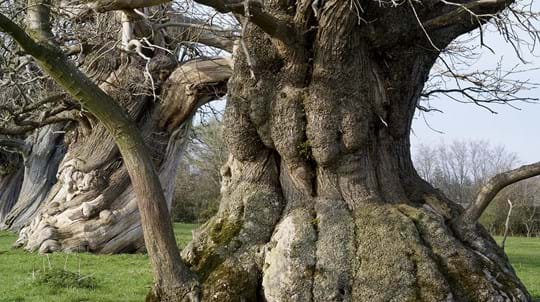
Trees woods and wildlife
How long do trees live? How old before they're ancient? Get the low-down on ancient trees and where to find them in the UK.
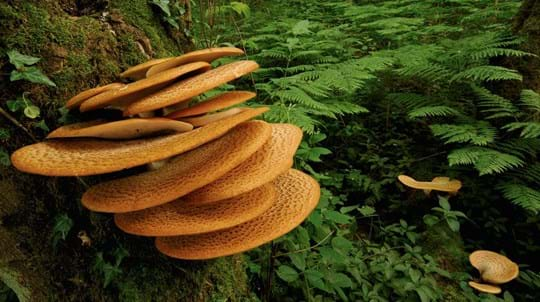
Blog
Amy Lewis • 21 Oct 2021
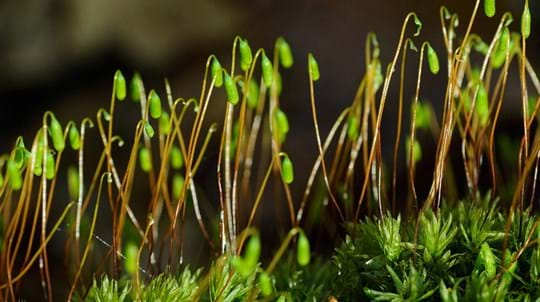
Trees woods and wildlife
Ancient and damp, mosses are part of a group of plants known as bryophytes. There are over 1,000 in the UK, and some have global significance.
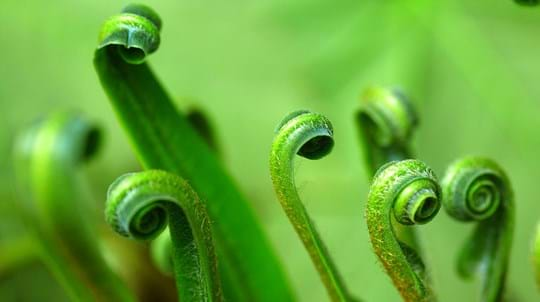
Trees woods and wildlife
Lush, ancient and primitive. Find out more about the UK's shade-tolerant woodland ferns.